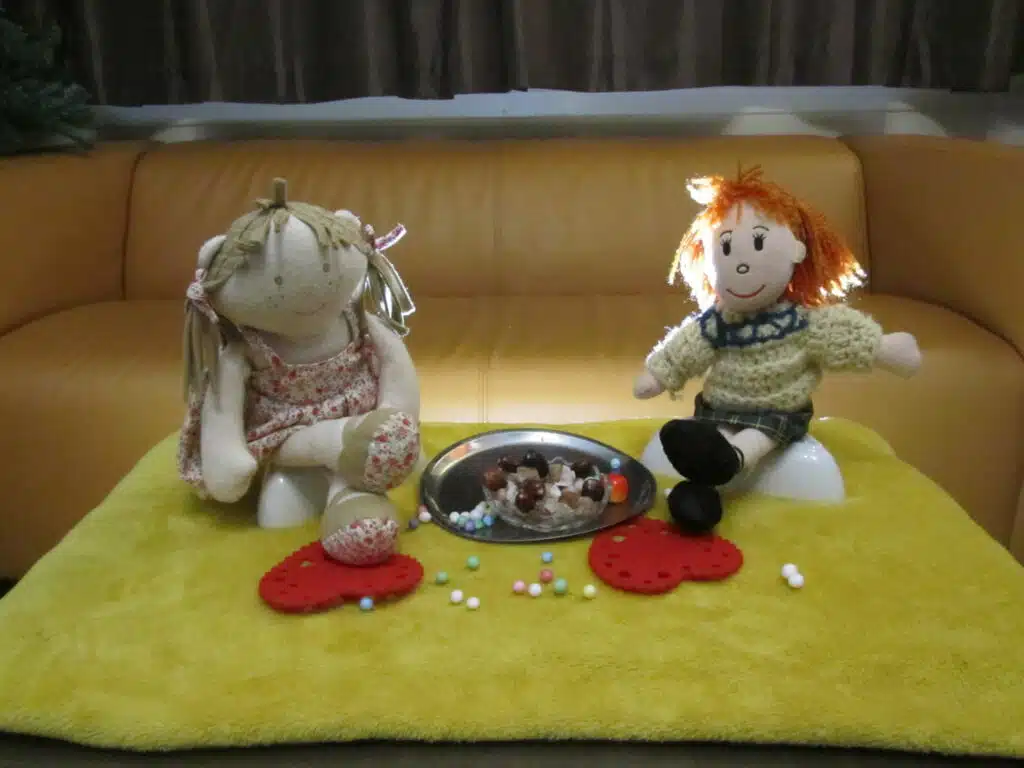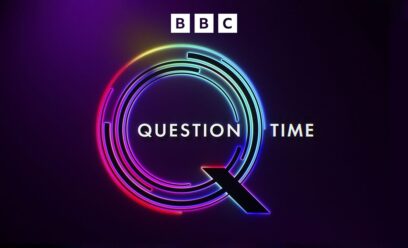We need to think outside of the box to tell powerful stories about displacement
Posted by Elahe Ziai on February 16, 2022Puppetry, pop-up books, theatre… IMIX’s Community Outreach Officer, Elahe Ziai, on harnessing different types of storytelling mediums to talk about refugee experiences

This year I took part in the Sanctuary in Politics Course, which informs individuals with lived experience of seeking sanctuary in the UK about its political system and history. For our final project we were asked to demonstrate our learnings on how we can bring about positive change for people seeking sanctuary. I got very nervous as I am a very ambitious person. I began to think about all the beautiful stories that I had heard while I was working as a caseworker at the Scottish Refugee Council. I knew the importance of those stories as unlike so many, these were lovely and positive, but I was also aware that people might not want to reveal their identity.
I was stuck; I wanted to present beautiful stories about love and hope, but I did not know any medium in which to share them.
Telling refugee stories through puppets
I was so lucky to be guided by Hannah Green, an AMAZING mentor from the City of Sanctuary. She helped me to think outside the box and encouraged me to meet with the fantastic Mafwa Theatre and they gave me some amazing ideas. Immediately I felt inspired, and I knew from where to begin.
I started thinking about new and creative ways of telling stories that would also get media coverage while respect anonymity. I considered gathering some case studies and creating a refugee fairy tale story book with illustrations, or making an animation. All great ideas, but I also wanted the piece to be mine, and I’m not an artist nor an animator.
But I loved the idea of puppetry and I thought that it doesn’t need to be professional, as long as it brings these stories to life.
“Puppetry is only one of the many ways that you can share beautiful stories. It can spark the imagination of people through creative drama.”
Puppets are a good way to deliver information to children and help them retain it, so I thought it could be a perfect medium to educate children about refugees and migrants, as it can help them to learn and connect to the subject while they are still young.
Other examples of using creative mediums in storytelling include refugee-led theatre productions, such as PSYCHEdelight’s Mohand and Peter, where two friends magically travel across time and borders. There is also Maison Foo’s Meet Your Neighbour, IMIX’s own My First Christmas project, and many more examples across the sector.
The puppets
Finding puppets was not easy at all. Initially I decided to make them, but I realised the timing is tight and I work full–time, so it was not possible. Then I decided to use some household items as my puppets. But then again, it was a human story, about love and hope, so this option did not seem good enough either. I strong felt that I needed something with human faces. Then I thought of my friends with children, and all the beautiful dolls they have at home. I received some photos of their dolls and decided in my mind immediately which ones I wanted to use.
“I never considered myself as a creative person, but through this process I discovered creativity is not something you are born with; it is a skill that can be learned and improved upon. If I can do it, so can you.”
This was my final video.
Using creativity means working smarter not harder, and I am sure there are so many other creative ways to tell the stories of people with lived experience of seeking sanctuary. Creative storytelling also kindles the appetite to understand the subject.
A great Tamil poet stated that “it is better to hear than to read”, and it inspired me to think about the ways to tell a story, outside of writing them.
To go one step further, I am sure it is better to see rather than to hear. It is exciting to begin to think about all the ways we could share these stories whilst protecting individuals’ identities, much like our own Museum of Calais project.
Why we need to share stories like Shireen’s?
Shireen is one of the many refugees who may not have been able to settle in the UK under the new anti refugee Nationality and Borders Bill. This show is to illustrate how damaging this Bill will be, as her love story and thousands of others would not have happened if this Bill was law when she came to the UK.
This Bill will create an unfair two-tiered system where the most vulnerable refugees are penalised because of their route of arrival. But Shireen managed to stay, live, work and fall in love as the Bill did not exist when she arrived.
Her story is all about love, hope for the future, and positivity; there is a big need to share stories like hers.
Because they are so empowering and inspirational, they give us some hope to keep going and fight to have a fairer asylum system in the UK.
Holidays and events like Valentine’s Day are great opportunities to tell positive stories in a creative way
Moreover, as human beings we all love any excuse to show someone that we care. Holidays often provide this opportunity for us. Valentine’s Day is a special occasion to express love and affection for our loved ones. I truly believe the events like Valentine’s brings us together, encourages one another to connect and share as communities should.
Sharing positive stories through creative mediums like this on key dates helps everyone experience the transformational power of empathy using these special occasions.



